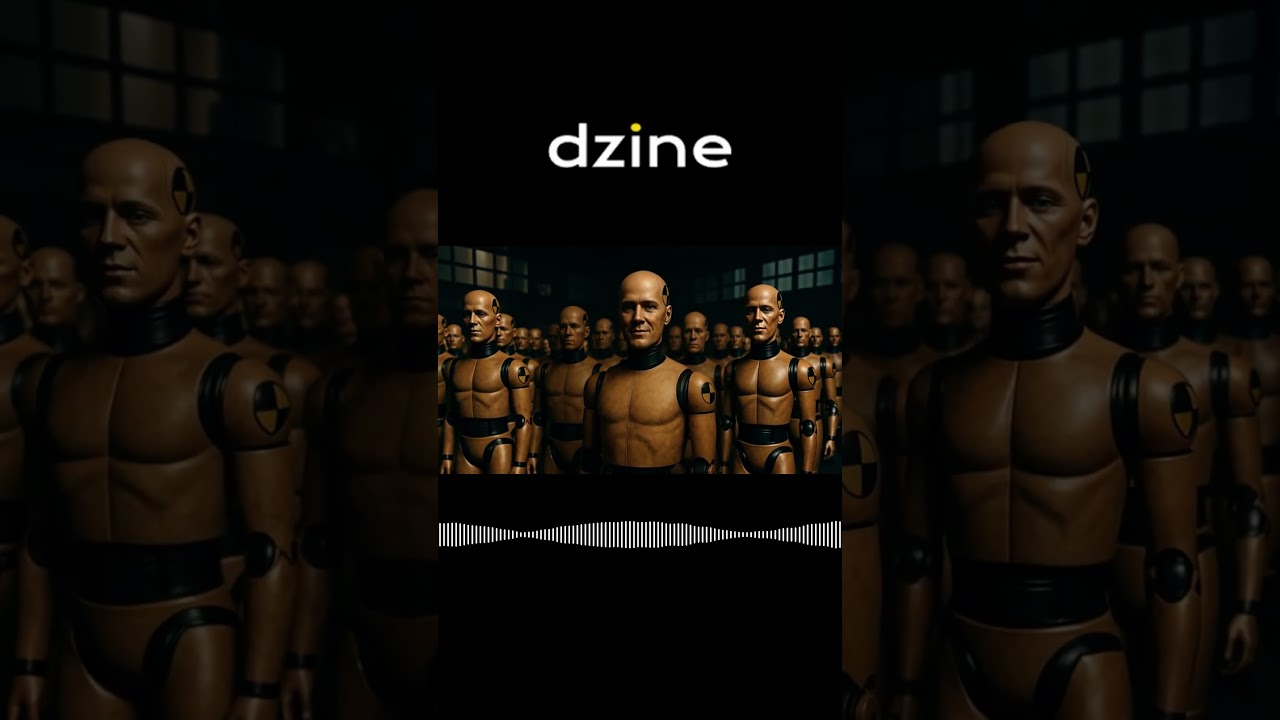The video highlights advancements in Dzine - Kling 2.0 & Lipsync, showcasing a futuristic system designed to enhance safety and protection. However, it critically addresses systemic bias, emphasizing that current safety measures are often exclusionary, neglecting women’s needs, and calling for more inclusive testing and standards to ensure true safety for all.
The video begins with a focus on Dzine - Kling 2.0 & Lipsync, showcasing a Standard Model Trailer that highlights advancements in technology. It appears to introduce a new system or product designed to enhance safety or protection, possibly related to AI or robotics, emphasizing innovation and future potential. The visuals and narration suggest a futuristic or cutting-edge context, aiming to demonstrate the capabilities of this new model.
However, the narrative quickly shifts to a critical tone, addressing issues of systemic bias and neglect. The speaker laments that while a system was built to protect everyone, it was never truly tested on or inclusive of all people, particularly women. There is a sense of frustration that the standards and safety measures have been designed with a narrow perspective, primarily considering men, and ignoring the needs and safety of women.
The speaker emphasizes the importance of representation and real-world testing, asserting that women are often treated as mere test subjects or overlooked entirely. They highlight that women’s lives are at risk, with millions dying unnecessarily because the systems in place do not account for their safety or existence. The metaphor of a mannequin in lipstick symbolizes superficial or symbolic gestures that fail to bring about meaningful change or policy reform.
A powerful message is conveyed about the inadequacy of current safety measures, which do not include women in their calculations or considerations. The speaker argues that true safety cannot be achieved if the affected populations are not even part of the equation. This critique underscores the need for inclusive testing and standards that genuinely protect all individuals, not just a select group.
The video concludes with a stark warning or statement, suggesting a refusal to be ignored or dismissed. The line about subscribing and not looking for the viewer hints at a broader call for awareness and action, urging viewers to recognize these systemic issues and advocate for change. The accompanying music adds an emotional and urgent tone, reinforcing the message that real safety and equality require acknowledgment and effort beyond superficial measures.
